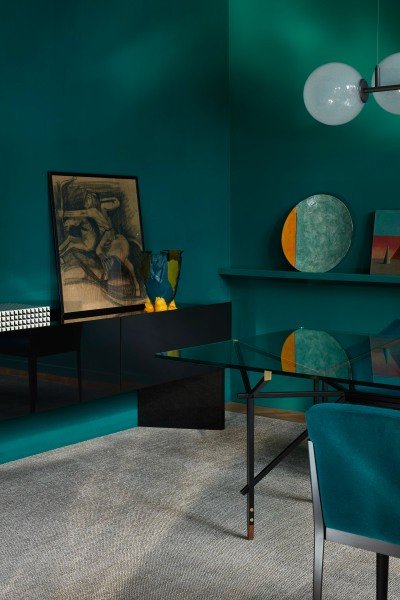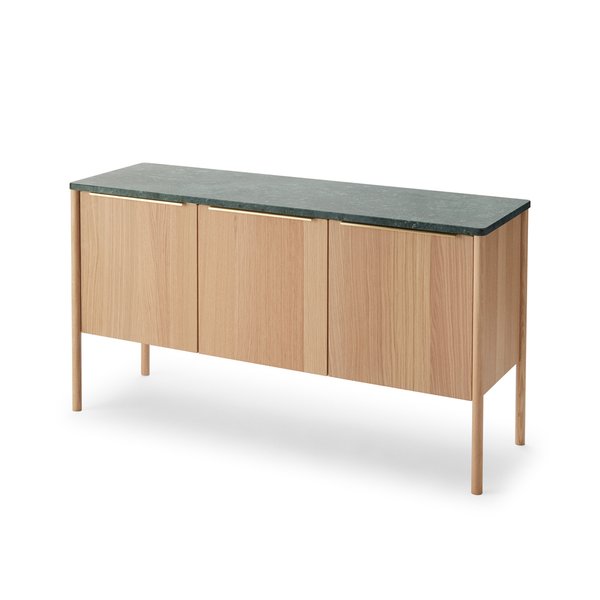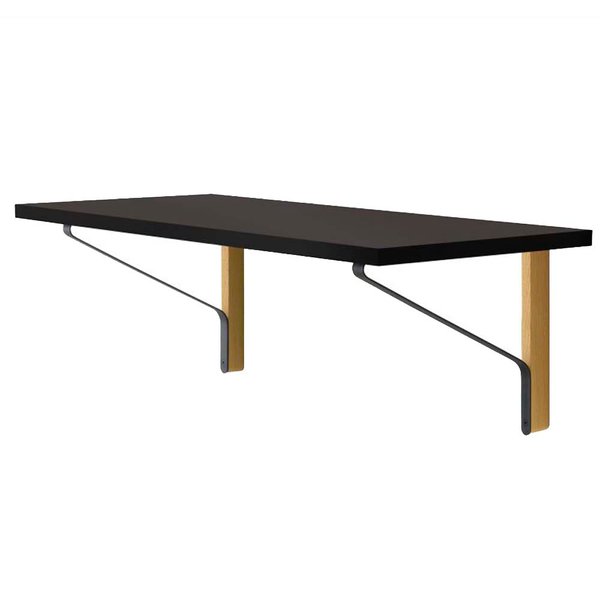Hayama
Sideboard
| Front Finish: | glossy lacquer amaranth |
| Carcass Finish: | matte lacquer amaranth |
| Leg Finish: | glossy lacquer amaranth |
| Top Finish: | glossy lacquer amaranth |
| Overall Dimensions: | 1980 x 78 x 51 cm |
A container with geometric lines with a strong Japanese influence. Like a Haori, traditional Japanese kimono jacket, Hayama is characterized by the same formal cut that plays with volumes and subtractions. The oblique legs with respect to the supporting structure are the distinctive element of this essential sideboard. Apparently minimal, its shape is accentuated by the thinned edges that reduce the reading of the thicknesses. Perfect for living and dining environments, Hayama has two flap doors and transparent glass shelves inside. Hayama is available in one size only, in glossy lacquer in a wide choice of colors. A reinterpretation of the work of the architect Kazuhide Takahama who had industrialized the ancient tradition of lacquering, expressing the clear desire to go beyond rationalism through the search for a relationship with the past.
| Front Finish: | glossy lacquer amaranth |
| Carcass Finish: | matte lacquer amaranth |
| Leg Finish: | glossy lacquer amaranth |
| Top Finish: | glossy lacquer amaranth |
| Overall Dimensions: | 1980 x 78 x 51 cm |
A container with geometric lines with a strong Japanese influence. Like a Haori, traditional Japanese kimono jacket, Hayama is characterized by the same formal cut that plays with volumes and subtractions. The oblique legs with respect to the supporting structure are the distinctive element of this essential sideboard. Apparently minimal, its shape is accentuated by the thinned edges that reduce the reading of the thicknesses. Perfect for living and dining environments, Hayama has two flap doors and transparent glass shelves inside. Hayama is available in one size only, in glossy lacquer in a wide choice of colors. A reinterpretation of the work of the architect Kazuhide Takahama who had industrialized the ancient tradition of lacquering, expressing the clear desire to go beyond rationalism through the search for a relationship with the past.
















